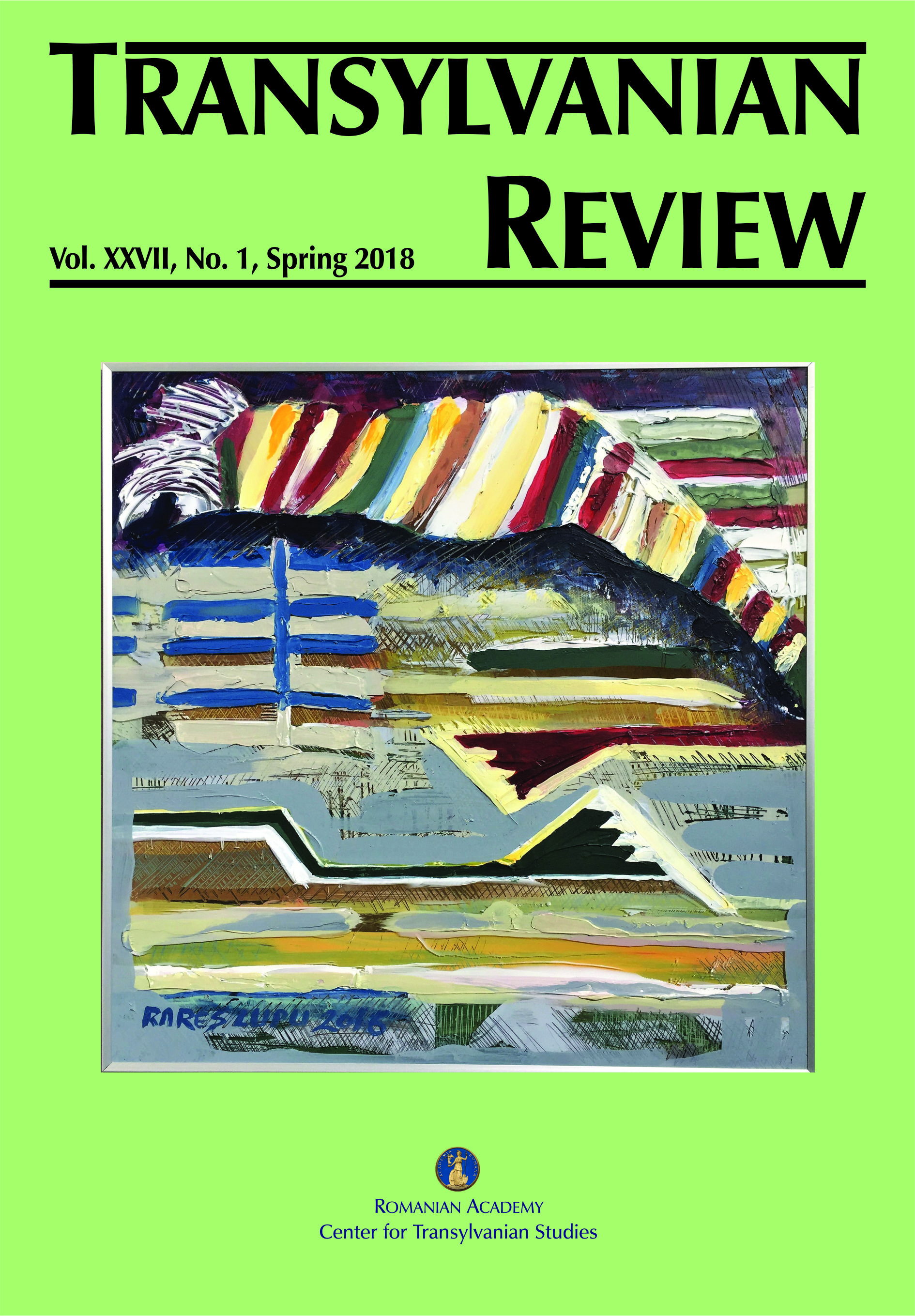Drivers of Change in Post-communist Agriculture in the Apuseni Mountains
Drivers of Change in Post-communist Agriculture in the Apuseni Mountains
Author(s): Magdalena Drãgan, Gabriela Munteanu CoceanSubject(s): Geography, Regional studies, Physical Geopgraphy, Human Geography, Historical Geography
Published by: Academia Română – Centrul de Studii Transilvane
Keywords: subsistence farming; demographic decline; collectivization; agricultural policies; mountains; economic complementarity
Summary/Abstract: After 1990, the agricultural activity in the Apuseni Mountains (Western Carpathians, Romania) has recorded a significant decrease reflected in the descending evolution of utilized agricultural area and of the livestock, and in the shift towards a more extensive use of the land. This situation is the result of several factors acting on different spatial and temporal scales, often interacting in various patterns. The fall of the communist regime also meant deep structural changes such as the dismantling of the communist agricultural system, deindustrialization and the shutdown of mining activities in several locations in the Apuseni Mountains. Other drivers of change are acting on a local level, such as demographic evolution, landscape features and the complementarity with other economic activities, causing different trajectories for the local agriculture. Starting with the accession to the European Union, the changes in the agricultural policies have meant financial support and development opportunities for many households in the area.
Journal: Transylvanian Review
- Issue Year: XXVII/2018
- Issue No: 01
- Page Range: 21-33
- Page Count: 13
- Language: English

